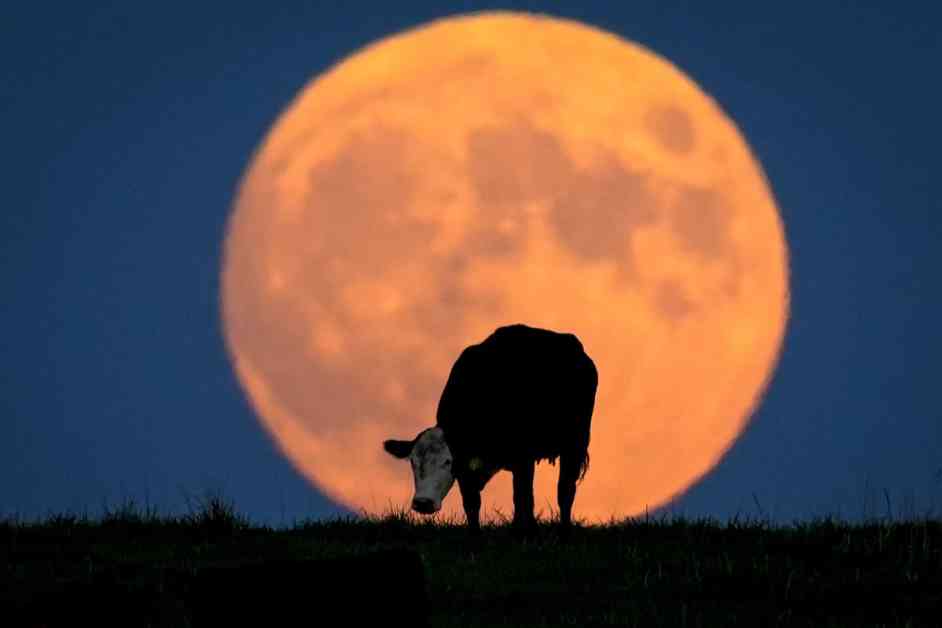The moon is currently 72% illuminated and moving towards its waxing crescent phase, getting ready for a special full moon in September. According to NASA, the full moon is expected to reach peak illumination on Wednesday, Sept. 18th.
What makes this September full moon unique is that it is the second supermoon in a row. Supermoons occur three to four times a year, with only 25% of full moons being classified as supermoons and 3% as blue moons. This full moon will also be a partial lunar eclipse, giving the moon a reddish or orange-like hue.
During a partial lunar eclipse, the moon passes through only part of the Earth’s shadow, causing it to appear darker. The red color comes from sunlight passing through our atmosphere and scattering colors with shorter wavelengths, like blues and violets, leaving behind longer wavelengths such as red and orange. The more dust or clouds in the atmosphere, the redder the moon appears.
The Harvest Moon, as it is commonly known, gets its name from Native American, European, and colonial traditions. It is the full moon closest to the autumnal equinox and is associated with the harvest season, particularly the harvesting of corn in the United States. The moon rises around sunset during this time, giving farmers more daylight to gather their crops.
Native American tribes also have their own names for the September full moon, including Autumn Moon, Child Moon, Rutting Moon, and Falling Leaves Moon. The moon cycles for September 2024 are as follows:
– New Moon: Sept. 3
– First Quarter: Sept. 11
– Full Moon: Sept. 18
– Last Quarter: Sept. 24
For those in Indiana, the full moon will rise around 8:12 p.m. on Wednesday, Sept. 18th, cross the meridian at 1:47 a.m., and set at 8 a.m. on Thursday. You can find the moonrise and moonset times for your specific location by checking the Old Farmer’s Almanac online.
So mark your calendars and make sure to catch a glimpse of this special Harvest Moon in September!
